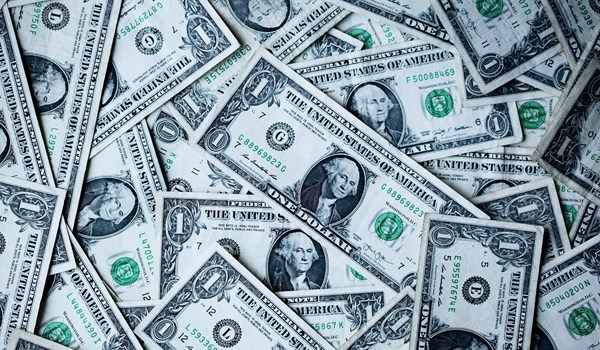Jurisdictions
Regions
Industry Sectors
08/09/21
US: The top 1 percent are evading $163 billion a year in taxes, the Treasury finds.

As published on nytimes.com, Wednesday 8 September, 2021.
WASHINGTON — The wealthiest 1 percent of Americans are the nation’s most egregious tax evaders, failing to pay as much as $163 billion in owed taxes per year, according to a Treasury Department report released on Wednesday.
The analysis comes as the Biden administration pushes lawmakers to embrace its ambitious proposal to beef up the Internal Revenue Service to narrow the “tax gap,” which it estimates amounts to $7 trillion in unpaid taxes over a decade. The White House has proposed investing $80 billion in the agency over the next 10 years to hire more enforcement staff, overhaul its technology and usher in new information-reporting requirements that would give the government greater insight into tax evasion schemes.
The proposals have been met with deep skepticism from Republicans and business lobbyists who argue that the I.R.S. cannot be trusted with more power and that the proposals are an invasion of privacy.
Democrats are counting on raising money by collecting more unpaid taxes to help pay for the $3.5 trillion spending package they are drafting. On Thursday, the House Ways and Means Committee is set to begin formally drafting its voluminous piece of the 10-year measure to combat climate change and reweave the nation’s social safety net, with paid family and medical leave, expanded public education, new Medicare benefits and more.
The Treasury Department estimates that its tax gap proposals could raise $700 billion over a decade.
The department’s report, which was written by Natasha Sarin, deputy assistant secretary for microeconomics, makes the case that narrowing the tax gap is part of the Biden administration’s ambition to create a more equitable economy, as audits and enforcement actions will be aimed at the rich.
“For the I.R.S. to appropriately enforce the tax laws against high earners and large corporations, it needs funding to hire and train revenue agents who can decipher their thousands of pages of sophisticated tax filings,” Ms. Sarin wrote. “It also needs access to information about opaque income streams — like proprietorship and partnership income — that accrue disproportionately to high earners.”
The report combines academic research on how the tax gap has historically been distributed across the income scale with 2019 tax data.
Tax compliance rates are high for low- and middle-income workers who have their taxes deducted automatically from their paychecks. The rich, however, are able to use accounting loopholes to shield their tax liabilities.
The Biden administration has pledged that individuals with “actual income” less than $400,000 per year will not see their audit rates go up.
A Congressional Budget Office report last week found that expanding the enforcement capacity of the I.R.S. would not raise as much money as the Treasury Department projects. The analysis, which did not include the information reporting part of the tax gap plan, estimated that the additional enforcement funds would raise $200 billion over a decade, while the Treasury Department projected it would raise about $320 billion over that time.



